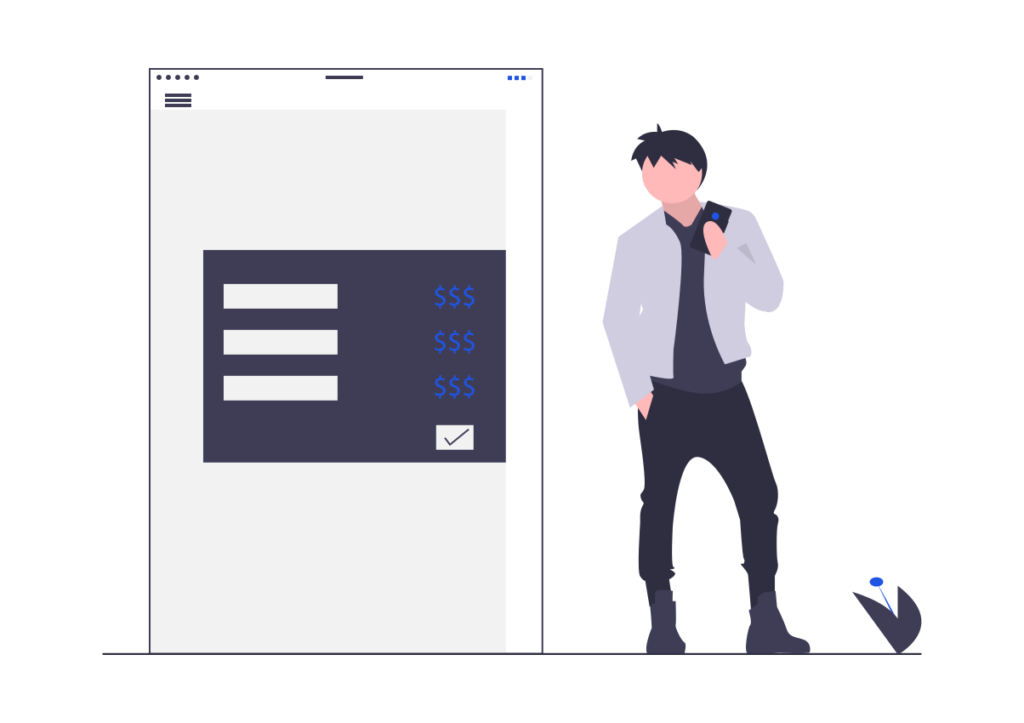When it comes to checking through our bank statements, many of us give them a scan and leave it at that. We might check that everything is correct and look for unfamiliar transactions, getting a broad sense of our incomings and outgoings.
However, the statement won’t just specify the amount that was deposited or withdrawn, but how it came about.

To keep things brief, your personal statement will state the nature of the action via a code. Different actions have different abbreviations, such as BP for bill payment, SAL for salary or CDM for cash & deposit machine.
These can be tricky to decipher, so read on for a list of common codes you might see.
Read Now: Do You Need a Business Bank Account?
SAL
SAL is short for Salary, as in how much you’re paid on a regular basis by your job, usually monthly.
BP or BBP
This one simply stands for Bill Payment, meaning you’ve paid a bill you’ve received. You should keep a note of this in case you receive a response from someone alleging you haven’t paid a bill which you have.
OTR
OTR is a shortened version of Online Banking Transaction. This refers to transfers made online from your bank account to someone else from within your banking app or on your bank’s website.
TFR
TFR is the truncated version of Transfer, referring to the transfer of money from one of your own accounts to another. There are many different ways you can perform a transfer of your money, whether it’s during a visit to a local branch of your bank, online or over the phone.
CDM
CDM is a truncated version of Cash & Deposit Machine. Withdrawals from cash machines will show up under this code.
CHG
CHG stands for Charge, which refers to any fees charged by cash machines to perform a transaction. Some banks may also charge you to perform certain actions as well.
INT
INT is an abbreviation of Interest – when you receive additional money from your bank on top of the money you already have in your account. The amount you’ll receive will be a small percentage of what you’ve placed in your bank account in a year.
DIV
An abbreviation of Dividend, this refers to the profit you receive from your investment in the stocks of a company. This payment will occur on a regular basis.
Read Now: The Benefits and Drawbacks of Socially Responsible Investing
DWP
This one stands for the Department of Work and Pensions. You’ll see this in a bank statement if you’ve applied for and are receiving benefits such as:
- Universal Credit or Jobseeker’s Allowance
- Disability and/ or poor health benefits
- Family and/ or child benefits
- Financial support if someone close to you has died.

POC
POC is an abbreviation of Post Office Counter. You will likely see this abbreviation less frequently – this refers to cash transactions made at the post office. You may not have known that that many post offices allow you to withdraw and deposit cash over the counter.
TEL
This abbreviation is short for Telephone, as in a transaction that has been carried out over the telephone.
Read Now: How to Make Transactions Safely Over the Phone
CHQ
This is a code that you may see infrequently – simply, CHQ is short for Cheque, a method of paying and receiving money that is little used these days.
If you’d like more help understanding and handling your finances, contact us today at Count.